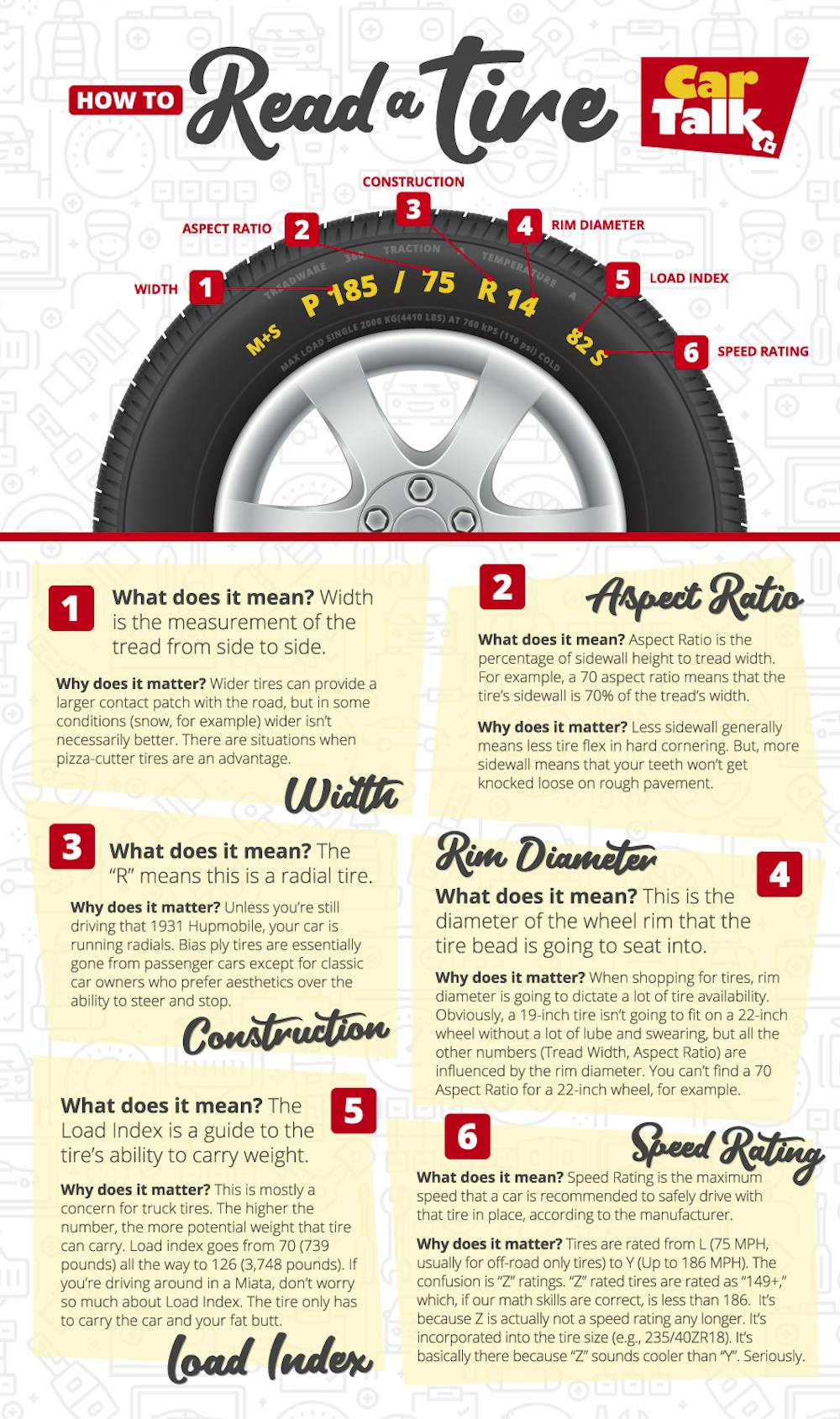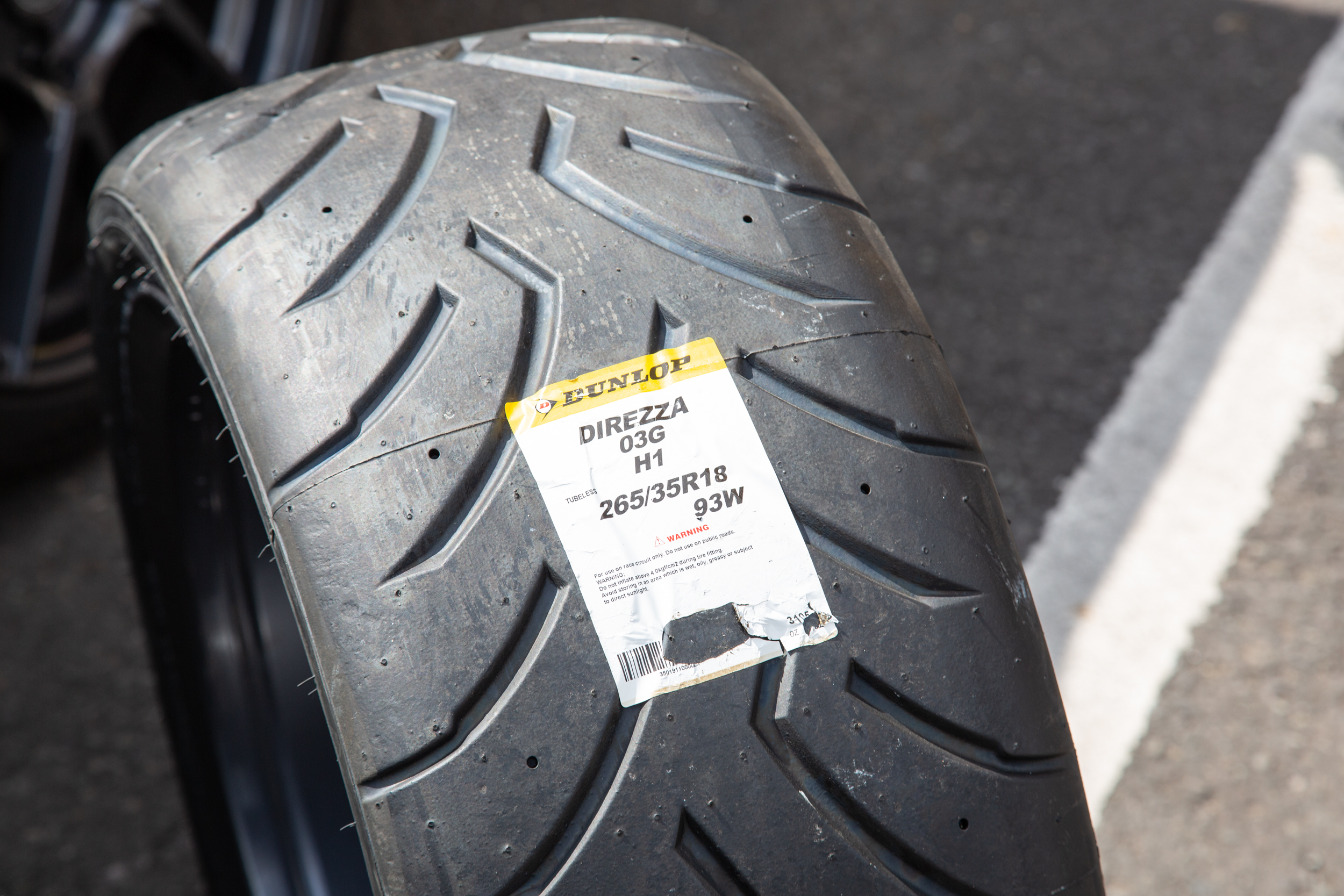All Categories
Featured
Table of Contents
The Michelin supplied a comfy driving experience, characterised by responsive steering and a modern understeer balance. Regardless of the cooler screening conditions, Michelin's constant time and hold over three laps indicates its viability for real-world applications.
One more remarkable facet was Yokohama's workout time. The tyre's first lap was a 2nd slower than the 2nd, indicating a temperature-related grasp increase. This recommends the Yokohama may beam in completely dry, race-like problems. Nonetheless, for day-to-day use, the Michelin could be a more secure bet. Successor was the Hankook.
Best Tyre Safety Near Me ( Stirling)
It shared Michelin's secure understeer balance but did not have the latter's determination to turn. Continental and Goodyear's performances were notable, with Continental's brand-new PremiumContact 7 revealing a significant improvement in wet conditions compared to its predecessor, the PC6. This version was far much less sensitive to load adjustments and behaved similar to the Michelin, albeit with somewhat less interaction at the limit.
It integrated the risk-free understeer balance of the Michelin and Continental with some sporty handling, proving both predictable and quick. As an all-rounder for this Golf GTI, Goodyear's Uneven variety was the standout, demonstrating remarkable efficiency in the damp. The Bridgestone Potenza Sport took the crown as the fastest tyre, albeit by a little margin.
Drivers looking for an interesting wet drive could find this tyre worth considering. The standout performer in damp braking was the newest tire on test, the PremiumContact 7, though the results are nuanced.
Tyre Inspections – Westminster WA
Preferably, we wanted the cool temperature test to be at around 5-7C, however logistical delays meant we tested with an average air temperature of 8C and water at 12C. While this was cooler than common examination problems, it was still warmer than real-world conditions. The warm temperature test was done at approximately 18C air and 19C water.
The 3rd run included wet braking tests on used tyres, particularly those machined down to 2mm with a tiny encounter. While we meant to do more with these used tyres, weather constraints limited our screening. It's worth keeping in mind that wet stopping is most important at the used state, as tyres generally improve in dry conditions as they put on.

Bridgestone, Goodyear, and Michelin saw the least efficiency reduction when used. The Hankook tyre registered the smallest performance decrease as temperatures cooled, but it was among the most affected when used.
Cost-effective Car Tyres Near Me ( Stirling 6061 WA)
The take-home message below is that no solitary tire excelled in all aspects of damp stopping, suggesting a complicated interplay of aspects influencing tire performance under various problems. There was a standout tire in aquaplaning, the Continental finished top in both straight and bent aquaplaning, with the Michelin and Goodyear additionally very good in deeper water.

Yokohama could profit from somewhat even more grip, a problem possibly affected by the colder problems. As for dealing with, all tyres executed within a 2% variety on the lap, demonstrating their high-quality performance (Tyre shop). Taking into consideration these tyres basically target the exact same consumer, it's intriguing to observe the significant distinctions in feeling.
The shock is because the PremiumContact 6 was just one of my favourites for sporty completely dry drives, however its successor, the PremiumContact 7, appears extra mature and looks like Michelin's efficiency. Amongst these, Hankook was the least precise in steering and interaction at the limit. Cheap tyres. Both Michelin and Continental used beautiful first guiding, albeit not the fastest
If I were to advise a tyre for a fast lap to an amateur, say my daddy, it would certainly be one of these. We have the 'fun' tyres, specifically Yokohama and Bridgestone. Both were quick to guide and really felt sportier than the others, however the trade-off is a much more lively back side, making them much more difficult to take care of.
Affordable High-performance Tyres Near Me
It supplied comparable guiding to Bridgestone yet supplied much better responses at the restriction and far better hold. The Bridgestone Potenza Sporting activity, however, seemed to weaken rather promptly after simply 3 laps on this requiring circuit. There's Goodyear, which placed itself somewhere between the enjoyable tyres and those having a tendency towards understeer.
All in all, these tires are outstanding entertainers. In terms of tire wear, the technique utilised in this examination is what the market refers to as the 'gold standard' of wear.
Both the Bridgestone and Yokohama tyres considerably underperformed in contrast to the other four tires in terms of rolling resistance, with Continental somewhat outshining the remainder. Pertaining to the comfort level of the tyres, as prepared for, many showed an inverse correlation with handling. The Continental, Michelin, and Goodyear tyres performed best across different surface area kinds evaluated.

Bridgestone began to show signs of firmness, while Yokohama was particularly rough over pits. We did determine internal sound levels; nevertheless, as is often the situation, the outcomes were carefully matched, and because of weather restrictions, we were not able to carry out a subjective assessment of the tires noise. Finally, we considered abrasion numbers, which measure the quantity of tyre walk shed per kilometre, normalised to a one-tonne automobile.
Top Wheel Alignment – Westminster WA
This number represents the quantity of rubber dust your tires create while driving. Michelin led in this classification, creating over 9% much less rubber particulate matter. On the other hand, Hankook produced 32% even more. This is an aspect I believe the industry must concentrate on even more in the future, and it's something Michelin is promoting.
Latest Posts
Affordable Budget Tyres
Honest Tyre Fitting Services Near Me – Stirling 6061 WA
Best Tyre Deals Near Me